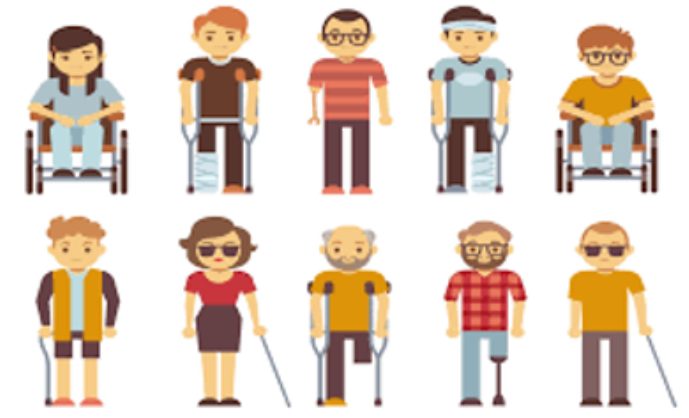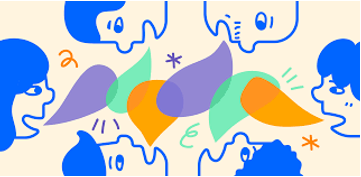
In my experience as a soft tissue therapist, I have worked with many individuals with various disabilities. These are some of my favourite people!
One thing I have realised is that there is always something new to learn about disabilities and it most definitely doesn’t discriminate. I have treated individuals with congenital conditions, acquired conditions, the list goes on. I can safely say that every individual that I see is unique and massage therapy for them is not a luxury but a necessity.
The type of massage for each individual varies, some require deep tissue remedial techniques to assist with mobility and pain control. While others will need a more gentle approach to achieve the same outcome. For many, there is a need for touch therapy or relaxation massage – which can be just as important as therapeutic massage as it can promote a relaxation response within the body. This response has proved effective in helping reduce pain levels in some individuals. The positive touch becomes even more important for clients who may have many medical appointments, which can lead to some unpleasant touch memories.

Body Language
When I first started treating individuals with disabilities it was a bit daunting. I had some training but I hadn’t been thrown in the deep end as such. I remember walking in and realising that this person just wants to feel better. Even though they can’t communicate that to me with words, their face and body language say it all.
I also realised very quickly that I had better be good at reading these signs and having conversations with the carers and support workers who are with these individuals everyday. They are great at helping work out what these signals mean which is very important. Sometimes a smile doesn’t mean they’re happy!
I learned I had to do more research about these conditions that I had heard and studied about but hadn’t seen. After witnessing some of the effects and the daily realities of these disabilities, it drove me to help in any way I could to make the lives of these individuals easier if only for a short period.
Also remembering that if the individual doesn’t prefer me to do their treatments that that is ok too. We all have our preferences and what works for some won’t work for others. It’s important to find the therapist that is a good match for the individual to maximise the benefit.
A typical treatment for a client with a disability usually involves a conversation with either the individual or the carers and support workers to see how they are and have been since the last treatment. It’s important to recap to see what techniques and massage pressures were effective or which areas are important for this treatment. Sometimes this isn’t necessary and the same treatment is used because we have already established that it is the most effective treatment for the individual.
It is important to build a rapport with the individual and for some it is easier than others! Some initial treatments are spent gaining trust and not pushing their boundaries or pain limits. I have found that once you are able to gain that trust you can provide a more effective treatment, even the toughest individuals will fall asleep during their massage!

Non Verbal Individuals
Clear communication about what you’re going to do is very important. While some can verbalise with you and give consent, it is very important with non-verbal individuals that there is a running commentary about what is happening and what to expect next. It doesn’t need to be complicated, just a quick explanation of why you have stopped, for example, so they’re aware and able to continue to relax. It also gives an opportunity for them to react with signals or body language and you’re able to proceed accordingly.
The treatment is tailored to the individual and can vary from day-to-day. We use a massage table or massage chair and are able to utilise the client’s bed or their own chair if that is easier and more comfortable. It is important to be flexible and have the ability to adapt to the environment presented to you.